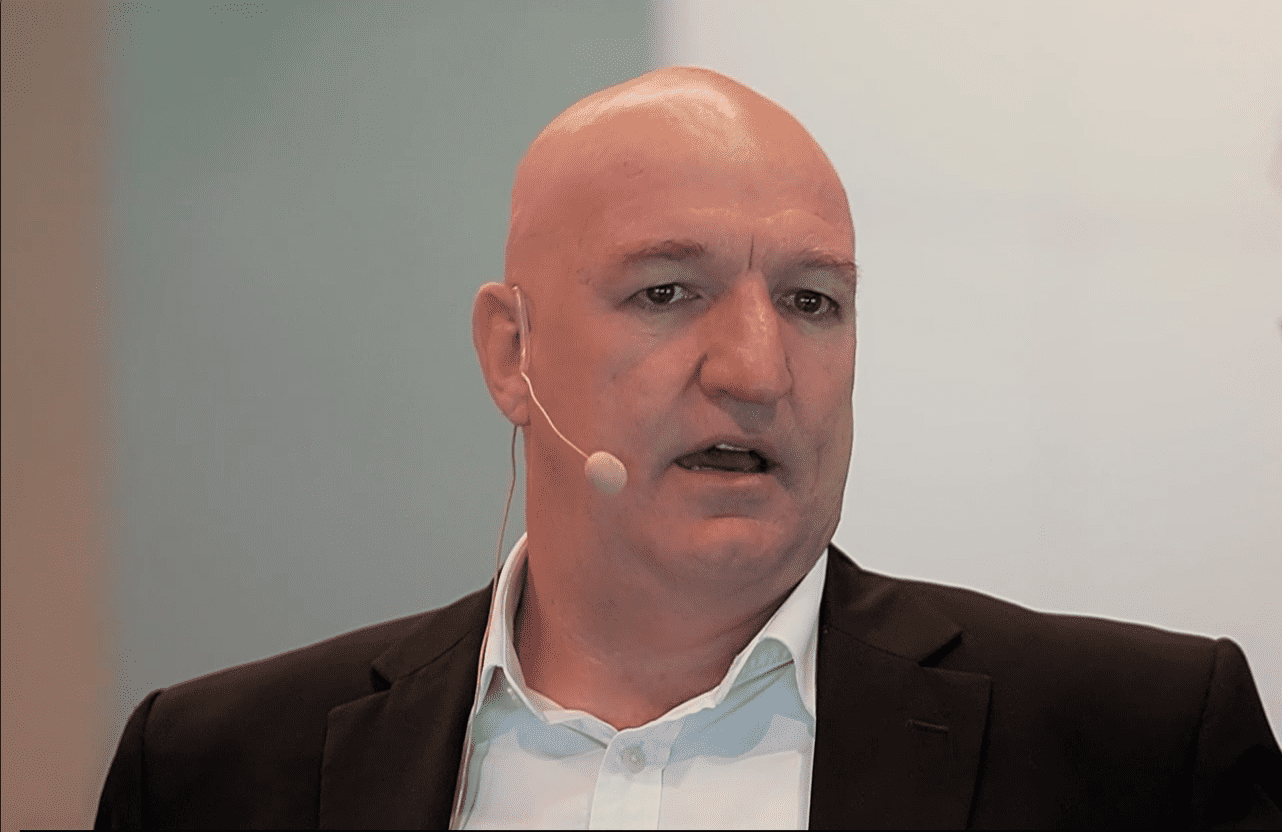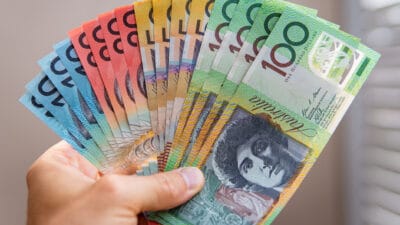ASX dividend shares have regained their shine in 2022.
That's come as rapid interest rate rises from the Reserve Bank of Australia (RBA), the US Federal Reserve and other global central banks have made it harder to invest in stocks for potential share price gains. As illustrated by the 12% decline in the S&P/ASX 200 Index (ASX: XJO) year to date.
And with inflation still hitting investors where it hurts, ASX dividend shares paying healthy yields are finding stronger support.
As Kristiaan Rehder, portfolio manager of the Bennelong Kardinia Absolute Return Fund, told The Motley Fool this week, "Kardinia is very focused on dividends. Particularly fully franked dividends."
In our interview (to be published in full next week) Rehder noted:
To illustrate the importance of dividends to the Australian market, if you look at the S&P/ASX 300 Index (ASX: XKO), that's returned about 2.8% per annum over the last five years.
If you compare that to the ASX 300 accumulation index, which includes dividends, it's around 6.8%. So that 4% difference per annum is all to do with dividends.
Is there a difference between ASX dividend shares and distribution shares?
ASX shares that pay out regular dividends or distributions both return some of their profits to shareholders. If those payouts are franked, investors also get credit from the ATO for the taxes the company has already paid on its profits.
Some well-known names and popular ASX dividend shares include BHP Group Ltd (ASX: BHP) and Commonwealth Bank of Australia (ASX: CBA).
At the current share price, CBA pays a 3.8% trailing dividend yield, fully franked.
With its monster dividend payout earlier this year, BHP pays a trailing yield of 11.8%, also fully franked.
So how about distributions?
ASX distribution shares differ from dividend shares in that you'll get distributions from a real estate investment trust (REIT) or an exchange-traded fund (ETF).
Unibail-Rodamco-Westfield (ASX: URW), for example, is a REIT focused on shopping malls across much of the world. It pays an 8.9% unfranked distribution yield.
Then there's Centuria Industrial REIT (ASX: CIP). The REIT owns a range of distribution centres, manufacturing facilities, and data centres across Australia and pays a distribution yield of 6.2%, also unfranked.
Some REITs offer franking credits on their distributions, while not all ASX dividend shares will do so.
As for ETFs, any franking credits on their distribution payouts will depend on whether the fund holds Australian companies paying taxes Down Under.
Atop potential tax variations, a core difference between ASX dividend shares and those that pay distributions is that distribution payments are based on profits earned during the current financial year. And those distributions are paid out during that financial year.
While these differences are important to understand, at the end of the day, most investors will be happy to see the extra income dropping into their bank accounts.









